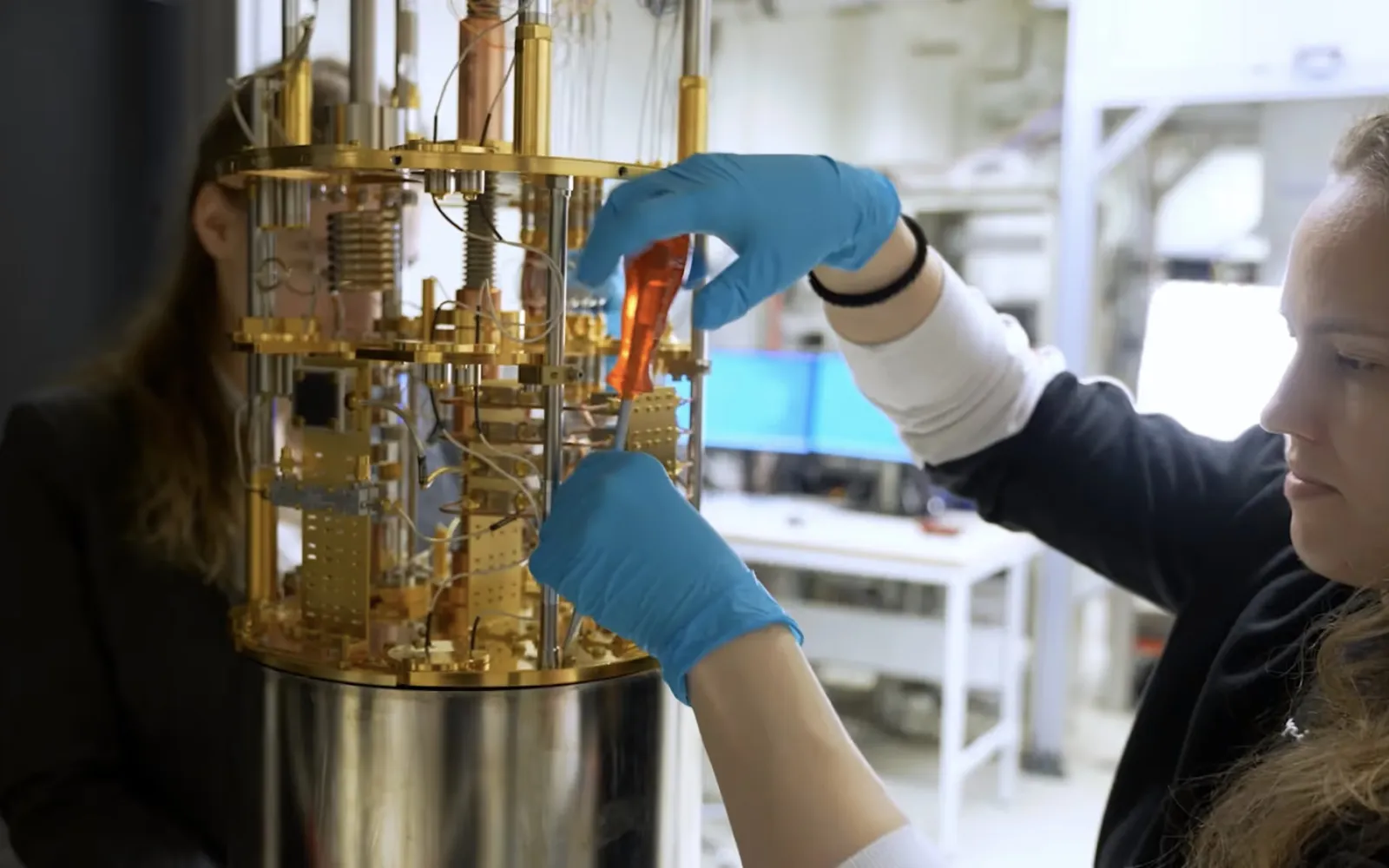

Q-CTRL
Making quantum technology useful
As backers of Q‑CTRL, the leading provider of error suppression for quantum computers, we’re excited to share the news that the company has just reached a key business milestone: embedding its software into IBM Quantum’s Pay-As-You-Go Plan, which offers cloud-based access to IBM’s 127-qubit Eagle quantum processor. It’s the first time IBM has built a third-party vendor’s software into its quantum computing service. And to us, it signifies a growing recognition in the industry that in order to get any kind of useful results from quantum computations, Q‑CTRL’s error suppression technology will be indispensable.
Here at DCVC we’ve always been big believers in the long-term promise of the quantum computing revolution. But there are many companies working on quantum computing hardware, each with a slightly different architectural approach, and it’s still unclear which of these approaches will win in the long run.
But one thing all these companies have in common is that their hardware is plagued by high error rates due to quantum noise and other imperfections. Controlling that error is Q‑CTRL’s specialty — and under the leadership of founder and CEO Michael Biercuk, the company has amassed the world’s best and biggest talent pool in the field of quantum control. We could see that nearly all quantum hardware builders and providers of cloud-based quantum computing services would need help from a neutral provider of error suppression technology — a kind of quantum Switzerland — and that’s why we first invested in 2018.
Now Q‑CTRL’s partnership with IBM shows how that strategy is beginning to pay off. By shaping the magnetic flux pulses that create multiqubit entangled logic gates, and using special error suppression techniques at the circuit level, the company is able to vastly improve the performance of algorithms designed for quantum machines like IBM’s Falcon and Eagle processors. Peer-reviewed research shows that when Q‑CTRL’s performance management software is engaged, there’s a 10x leap in the circuit depth (complexity) of the quantum algorithms that can be supported, and a 1,000x improvement in quantum algorithm success rates. It’s fair to say that without this kind of error management from Q‑CTRL, it would be far more difficult to build any useful quantum circuit.
Biercuk is in New York today to announce the partnership at IBM’s Quantum Summit 2023. He’ll also share the news that over the weekend, Q‑CTRL set a new world record for the largest quantum-entangled state. The company was able to create maximally entangle Greenberger-Horne-Zeilinger states with 50 quibits (GHZ states involve three or more entangled units). That roughly doubles the standing global world record — and it helps mark out a path toward a future where quantum computers will finally support industrial-scale simulations and other workflows. It’s going to take both smarts and elbow grease to make quantum computers reliable, and we’re proud to be backing a company that has plenty of both.
James Hardiman is a General Partner at DCVC.



